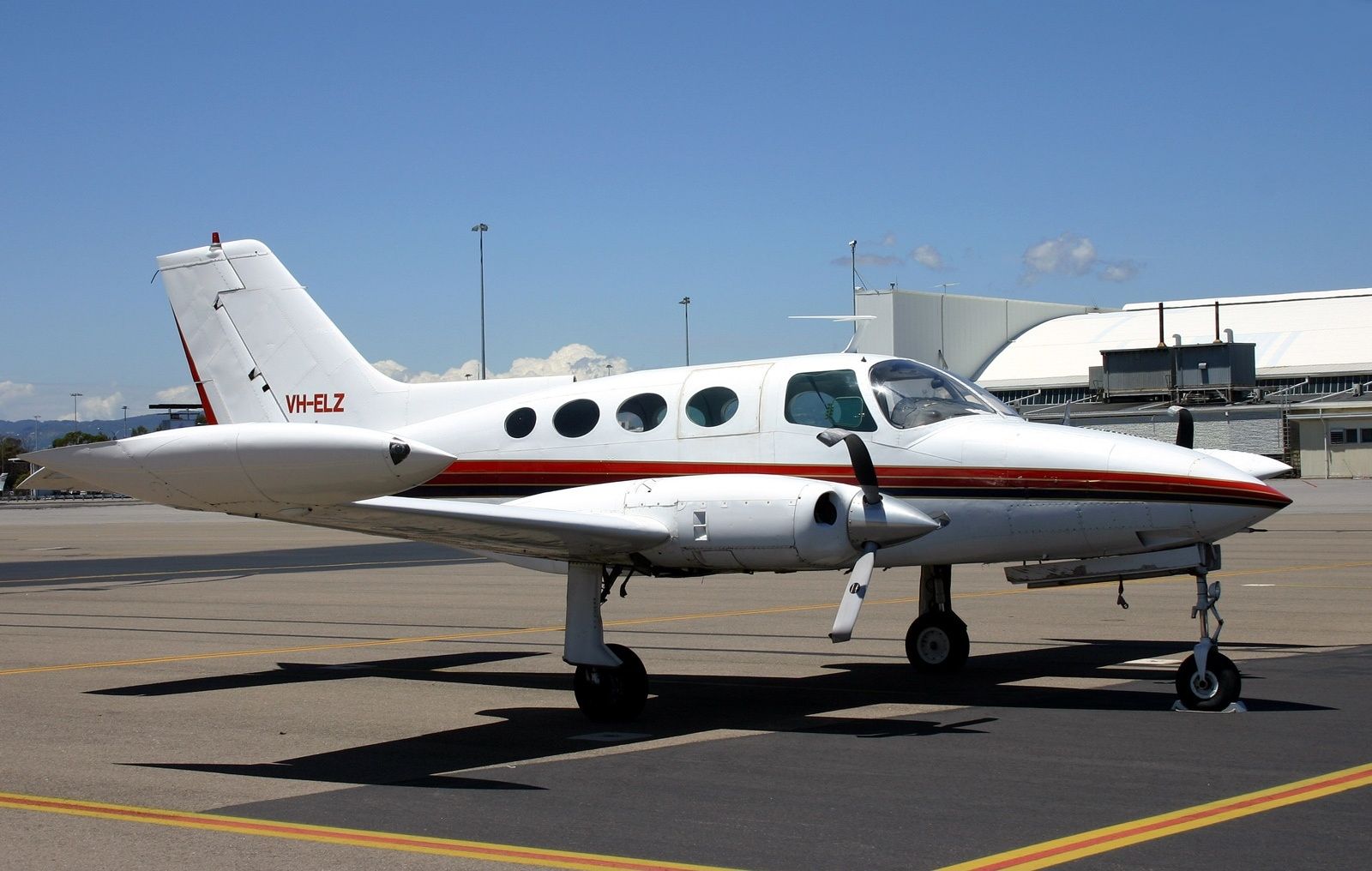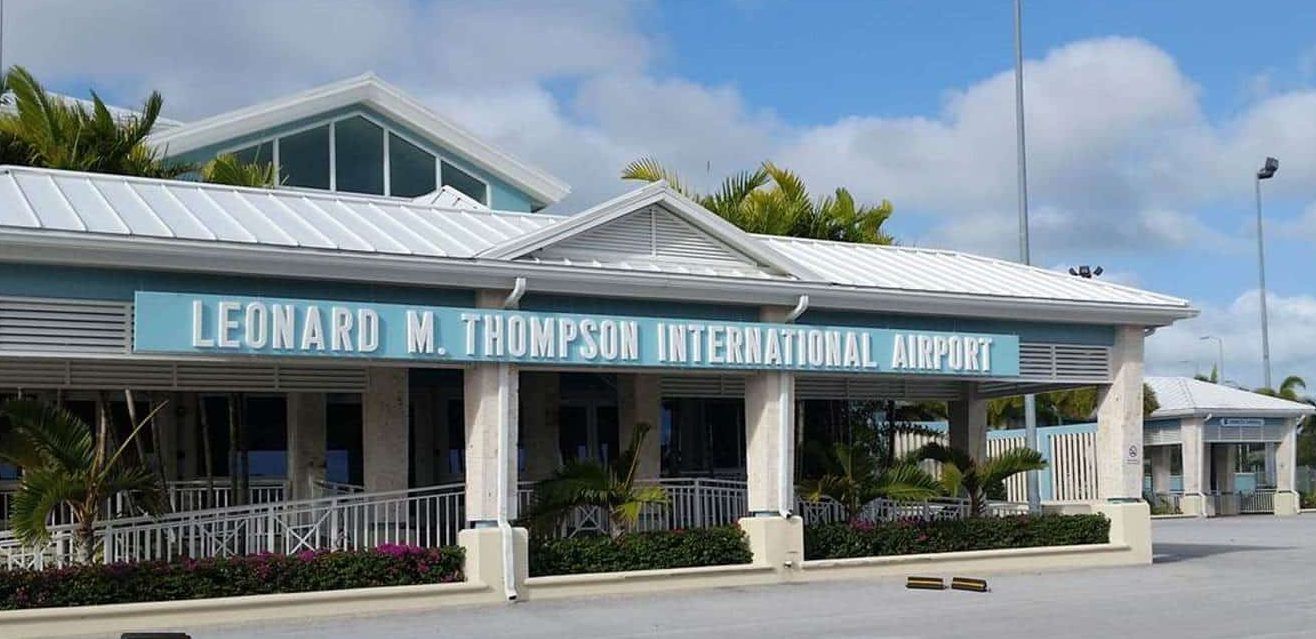Having finished filming a music video in the Bahamas ahead of schedule, singer Aaliyah Dana Haughton, otherwise known as “Princess of R&B” and “Queen of Urban Pop,” hoped to fly back to the United States early. Nine individuals boarded a Cessna 402B (similar to, but not the exact one pictured), registered as N8097W to Skystream and operated by Blackhawk International Airways, and took off from Runway 27 at Marsh Harbour-Leonard M. Thompson International Airport.
Tragedy strikes moments later
Unfortunately, the aircraft violently crashed into the ground just after takeoff. Immediately, several people perished in the accident, and witnesses say the initial couple of survivors were in a critical state, screaming, and eventually passed from their injuries. As with any aviation incident, it’s rarely because of one reason alone that something goes horribly wrong.
A plethora of findings and causes
Multiple aspects related to aircraft weight were not correctly handled. It was estimated that the plane was nearly 1000 lb (454 kg) over the maximum takeoff weight as it began taxiing. Additionally, the aircraft’s center of gravity (CoG) was approximately 4.4 inches (11.2 cm) outside the maximum aft allowable CoG envelope.
Reports say luggage was not weighed before being put onto the plane, and there was no weight and balance document to be found post-crash. According to the final report, it’s also unclear if the organization had any requirements for their pilots to complete such calculations. That said, various clues suggest the company’s general adherence to guidelines was somewhat questionable.
While there were no reports of enforcement action, the FAA reported multiple administrative actions against Blackhawk, three for technical violations and a maintenance-related issue. A letter from April 2000 cited the company’s failure to comply with manufacturer and FAA maintenance and other programs.
Many people also mention the Cessna’s pilot. Besides being willing to attempt bringing what was most likely an overweight aircraft into the air, he was not qualified to pilot the type. Falsified experience was found in the pilot’s logbook along with the false qualification. Furthermore, as explained in the final report, overall, the “pilot may not have followed normal operating procedures as per the Cessna 402B Pilot Operating Handbook Checklist.”
Of equal concern was the forensic report. After testing the pilot’s bodily fluid and stomach contents, tests for benzoylecgonine (the primary metabolite of cocaine) and ethanol returned positive. Of course, there’s the potential for false positives, and having traces of such compounds doesn’t necessarily mean the pilot’s cognitive state was compromised at the time, but the final report highlights this.
Also of interest was how the Cessna was found in the wreckage. Aileron input was all the way to the right, the rudder all the way to the left, and the elevator was in a full nose-down condition. Given this was seconds after going airborne, the final report phrases this as the control surfaces were “out of normal range for takeoff.”
Love aviation history? Discover more of our stories here
Lastly, it is noted that the passengers were in a hurry to depart. Some witnesses at the airport allegedly overheard the pilot trying to inform his passengers that Cessna would be overweight with eight people, luggage, and equipment. Regardless if this happened or not, this was a horrific accident, and, as with any aviation incident, it has served to make the industry safer.
Sources: The Final Report, Aviation Safety Network


